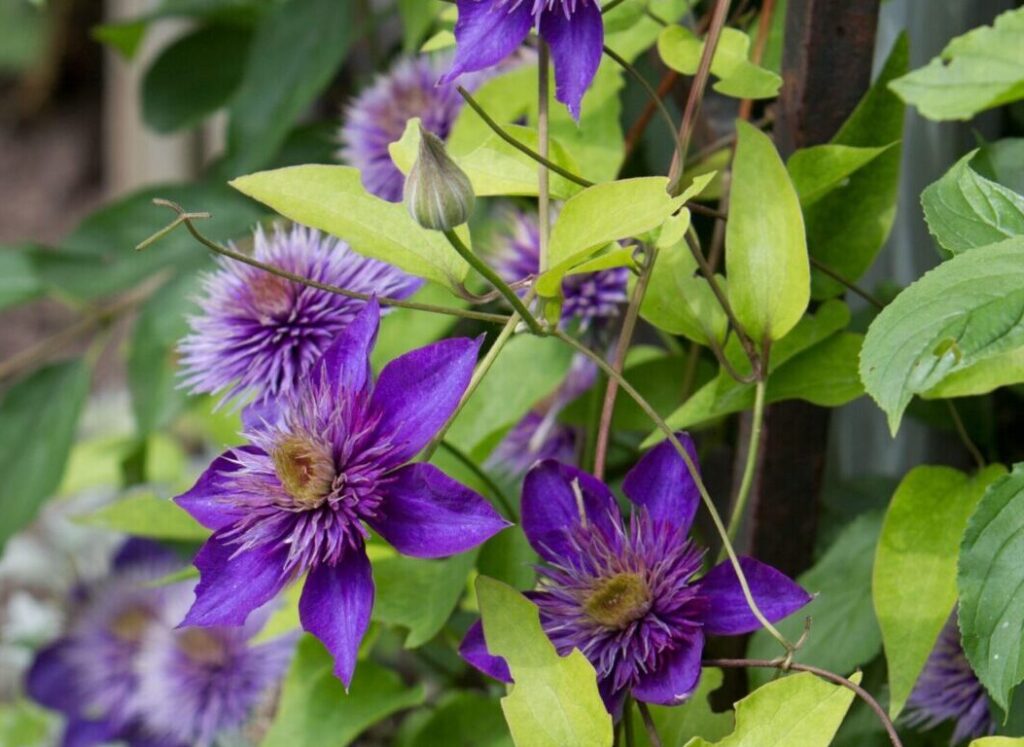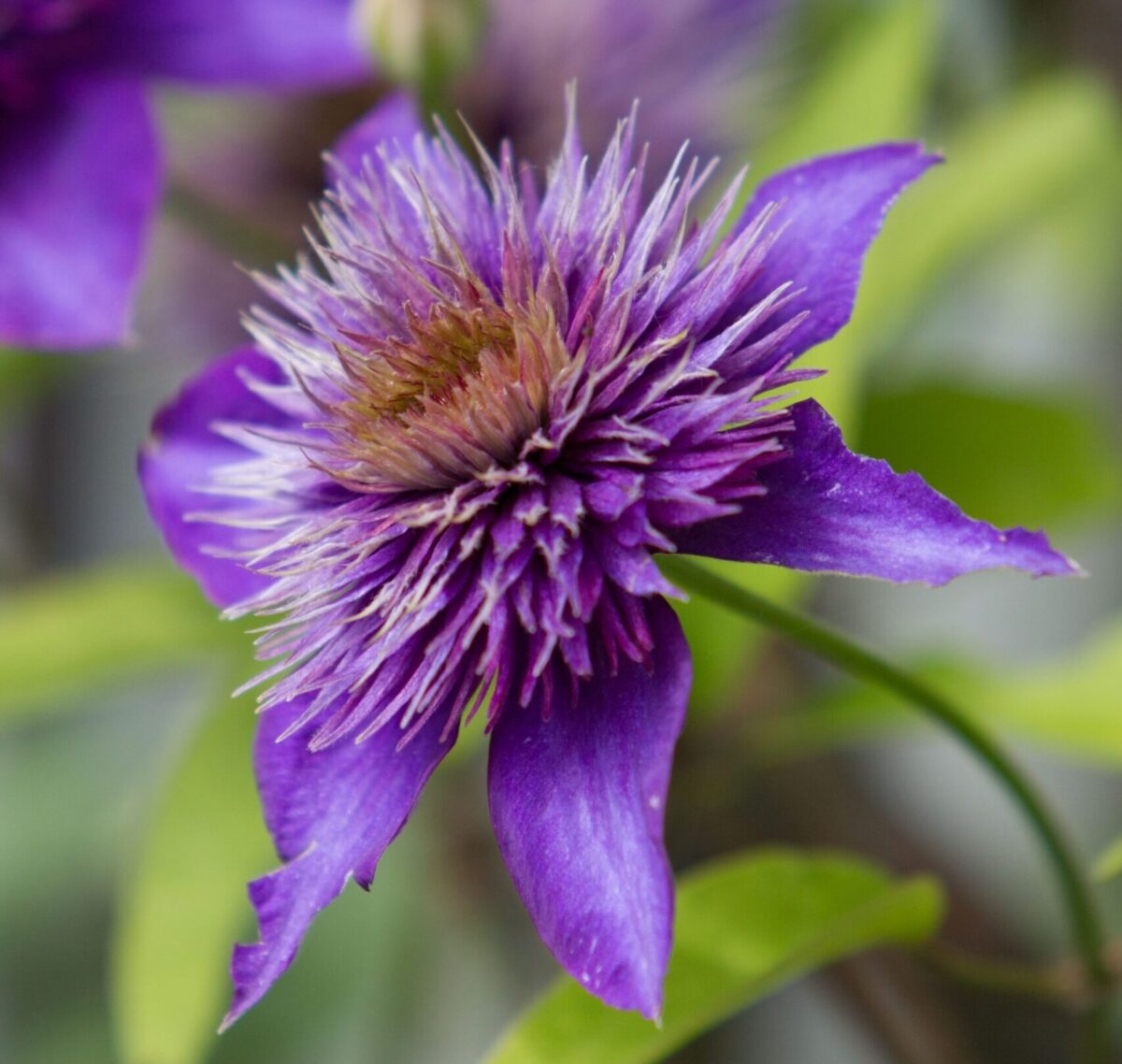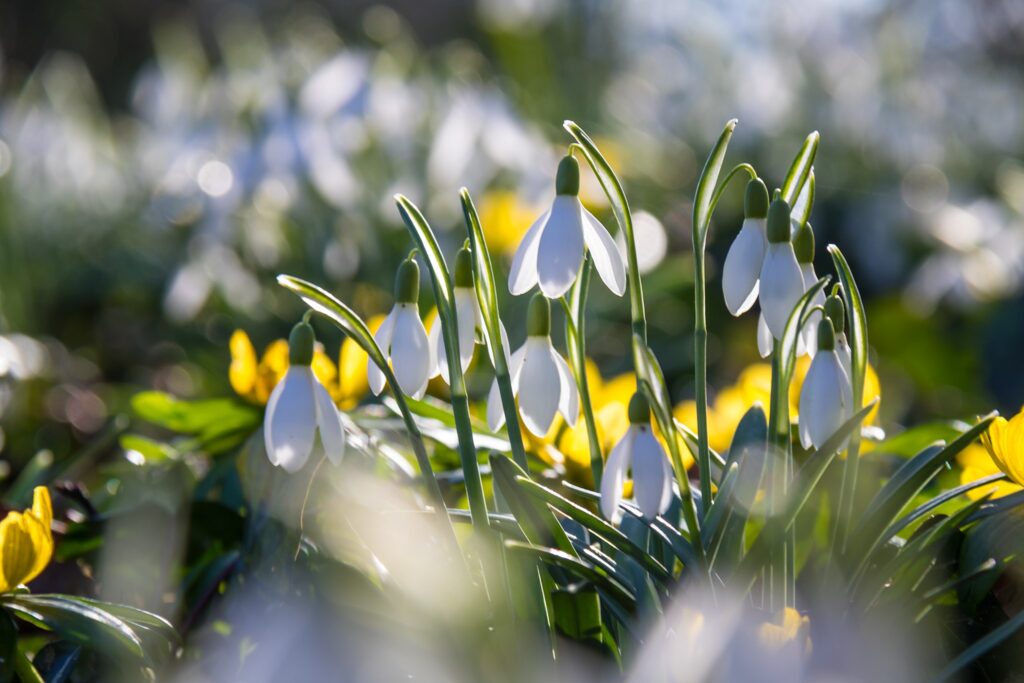
Clematis are one of the most beautiful and versatile flowering vines for your garden but thinking about pruning clematis can make many gardeners’ knees quake.
With over 300 species, and more varieties being introduced every year, there are almost unlimited choices for colour, size and bloom time. Best of all they are easy to grow plants. While they prefer sunny locations and shaded, moist, well-drained soil, they will tolerate most gardening situations. The biggest challenge to clematis is determining their pruning requirements. More than one gardener has killed their clematis by pruning incorrectly!
Historically, clematis have been divided into three groups by blooming time and, by extension, pruning time. Your garden centre will identify the group to which your selection belongs, so save those clematis plant tags. Fair to say, pruning clematis has been made more complicated by the introduction of new varieties bred to bloom longer and, as a result, don’t fit into the existing pruning groups. General pruning rules apply for these plants.

Pruning Clematis Group 1:
These are the earliest bloomers that flower on last year’s growth (old wood). Pruning clematis of this group too early cuts off the new buds and you will not get flowers. Leave these clematis alone until after they have flowered and prune only if there is dead or diseased wood or they have outgrown their space.
Group 2:
These are mid-season blooming hybrids that flower in May or early June and may also bloom again in late summer and fall. They bloom on both last year’s growth (old wood) and, later in the season on this year’s new growth (new wood). This group should be pruned in early March when you can see the buds are formed and green. Prune these vines lightly with an intent to remove deadwood. Look down the stem from the top until you find the first pair of strong buds and cut immediately above them.
Group 3:
These are late summer blooming on this year’s growth (new wood). They should be pruned hard (6-12” from the ground) in winter or spring after they have flowered.
If you don’t know what type you have or you have one of the new varieties? Simply prune out any dead wood to above the nearest bud and watch for the season to see when it blooms. That should tell you the group to which your
clematis belongs.

Related Posts and Resources
Clematis Types – large-flowered, small-flowered, alpines, and more
Spring Pruning Primer – easy overview of basic spring pruning of clematis, hydrangeas, lavender, and various small trees and shrubs.





About The Author: Sherree Mahood
Sherree has been an enthusiastic gardener for over 40 years. Her gardens have been in shade, sun, clay, sand, and everything in between. In her current garden, she is focused on creating a small space lifestyle garden that attracts a wide variety of birds, butterflies, and moths.
More posts by Sherree Mahood